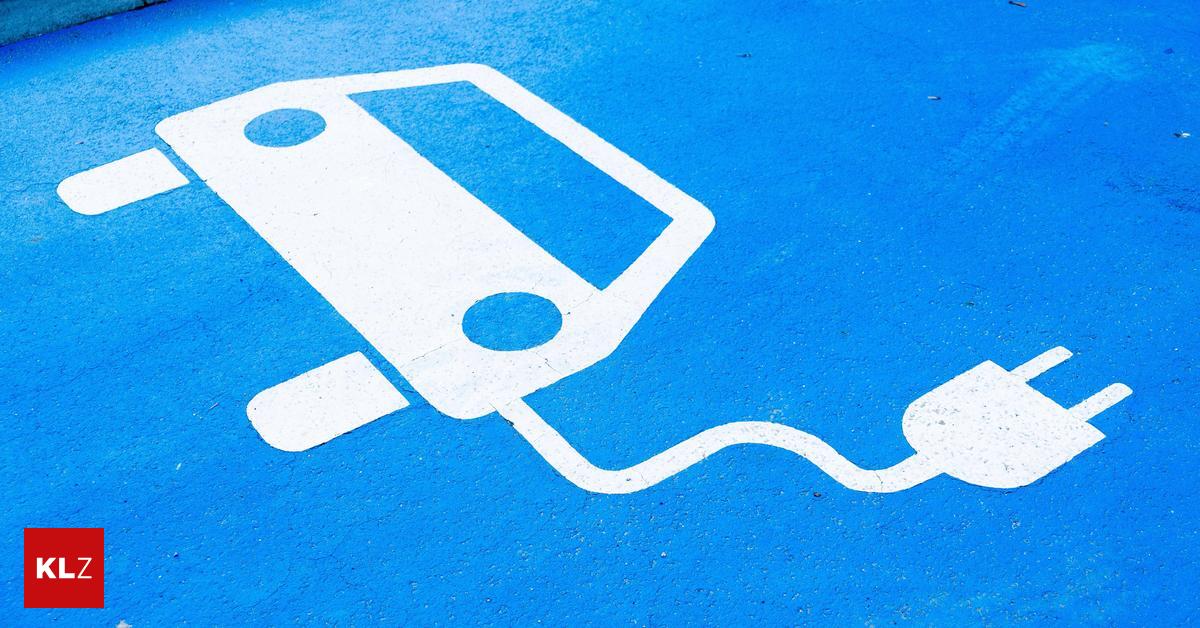Öamtc and Naf are running the world's largest range and charging test for electric cars. Name: “El Brix”. This time 23 current electric cars were tested. “We looked at the extent to which the actual range differed from the manufacturer's information. We drove until the battery was completely empty,” explains Florian Merker, who was directly involved in the test.
Test procedure? In total, an altitude of more than 1,000 meters was crossed in Norway, the outside temperature was between -5 and -10 degrees Celsius – so, according to the Öamtc broadcast, the results were “very suitable for Austrian conditions”.
The most important findings: deviations from WLTP are often very small in moderate summer temperatures (in some cars you can go higher than the manufacturer says), in extreme cases you should expect a limit of less than 30 percent in winter. .
Amazing test winner
Merker gives two examples: “According to WLTP, the XPeng G9 has a range of 520 kilometers. It only managed about 590 kilometers in the summer practical test and 452 kilometers in the winter, which means that the WLTP hits the average well in this regard. This is different with the Toyota bz4X AWD: its range is three percent over the WLTP value of 460 kilometers in summer and almost 32 percent in winter.
Öamtc explains the WLTP test procedure (Worldwide Harmonized Light Vehicle Test Procedure) as follows: “It is a procedure for determining the consumption and emission values of passenger cars. The values determined on the chassis dynamometer are often reported. Sales documents – however, experience and tests such as “L-Prix” are some of the actual consumption. At times it shows that the WLTP differs widely from the measurements.For most test candidates, the winter range varies from twelve to 30 percent from the WLTP.
What Öamtc demands
So ÖAMTC technician Merker demands: “Although it is generally known that high temperatures have a great impact on electricity consumption, both manufacturers and retailers must clearly point out this fact.”
Results in detail? HiPhi Z, still little known in Europe, ran out of juice after only 522 kilometers in the Norwegian winter. “It was less than six percent below the 555 kilometer WLTP limit and the clear test winner – no other candidate can hold a candle to it, in terms of absolute norms and deviation from WLTP,” says Merker.
Another criterion, of course, is charging time: “Half of the testers needed less than 30 minutes to charge from ten to 80 percent,” says Mercer. “It is clear that larger batteries are not only suitable for maximum possible range, but also for faster charging.”

